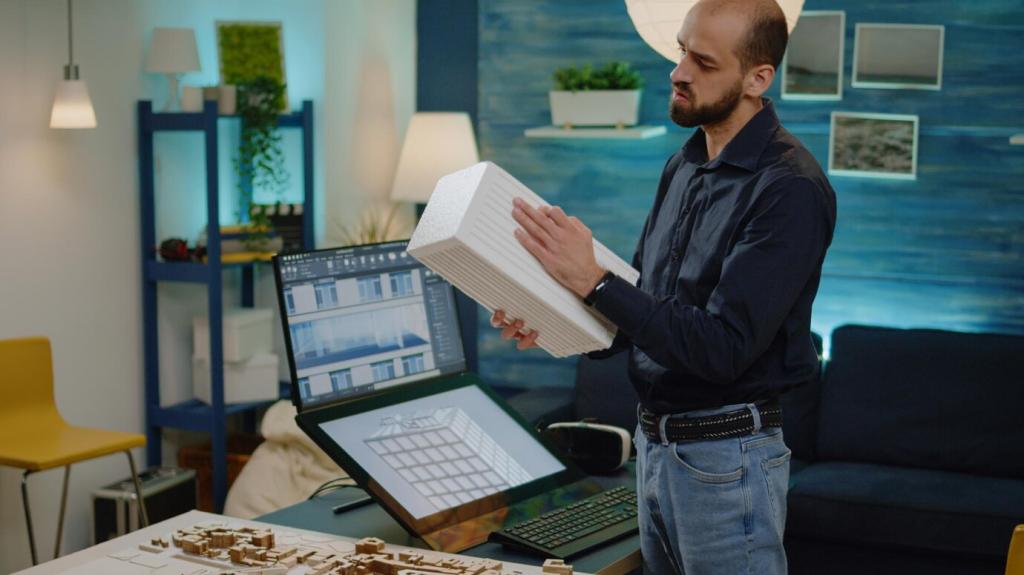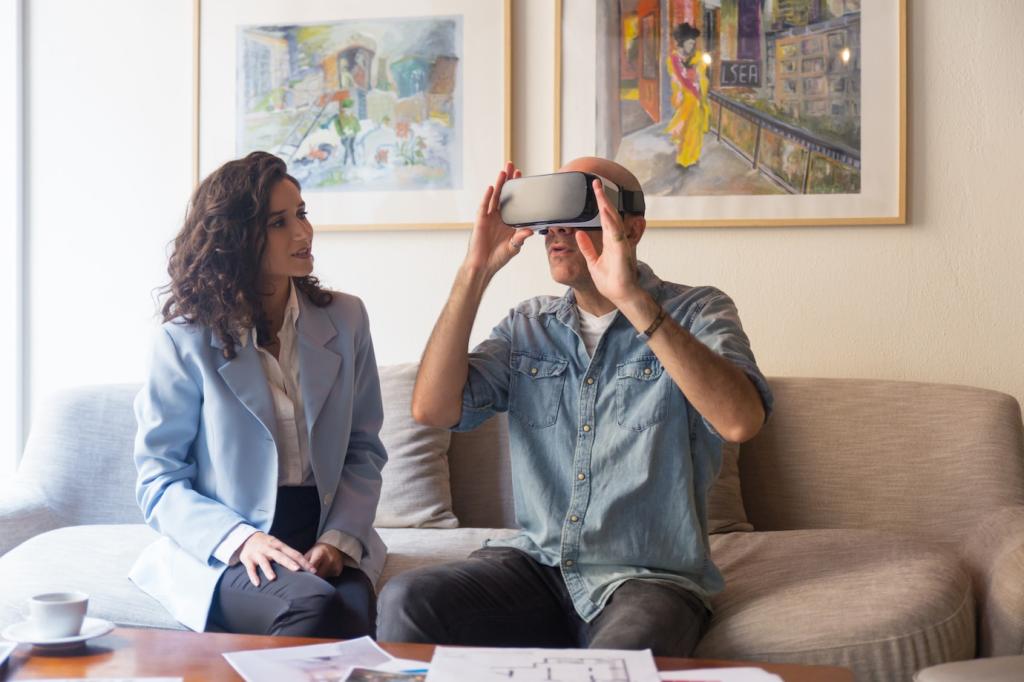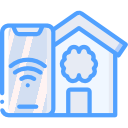This website uses cookies so that we can provide you with the best user experience possible. Cookie information is stored in your browser and performs functions such as recognising you when you return to our website and helping our team to understand which sections of the website you find most interesting and useful.

The Future of Connected Living Spaces
The future of connected living spaces envisions a world where technology seamlessly integrates into our homes, transforming how we interact with our environment, enhance comfort, and improve overall quality of life. This new era emphasizes intelligent automation, energy efficiency, and personalized experiences that adapt intuitively to the needs of residents, while promoting sustainability and security. Connected living spaces will go beyond simple smart devices to create holistic ecosystems powered by advanced connectivity, artificial intelligence, and the Internet of Things (IoT), providing unprecedented convenience and responsiveness. Exploring this future helps us understand the possibilities and challenges as our homes become increasingly interconnected hubs of innovation.



Energy Efficiency and Sustainability
Intelligent Energy Management
Integration of Renewable Energy
Environmental Monitoring and Control


